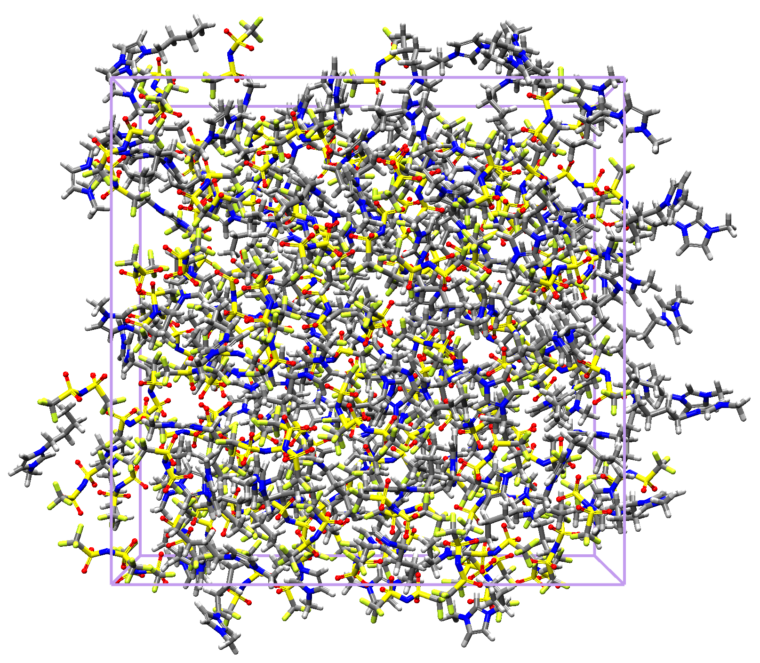Understanding materials properties is a strategic in addressing the challenges related to satisfying the requirements in the fields of energy transition, environmental compliance, and sustainable development. MAPS 4.,5, the new release of MAPS natively enables researchers to run virtual experimentations on a product’s digital twin and establish design rules utilizing the relationship between its performance and its chemical composition. MAPS 4.5 can be used to study and improve all types of materials and products, including polymers, electrolytes, catalysts, nanocomposites, and any complex fluid formulation in several industrial segments. MAPS 4.5 technology spans from the quantum and atomistic/mesoscopic scales up to the macroscopic and machine learning.
Combining individual tasks into virtual experiments and workflows can enable the researcher to work efficiently and concentrate on the scientific and product-related issues at hand, which result in massive time savings. In MAPS 4.5 such virtual experiments can be automatically created and executed efficiently. Moreover, several Machine Learning models have been integrated into MAPS to enable fast and reliable property prediction. All compute engines have been updated to their newest stable versions, and a new scheme has been implemented for the communication between the compute engines and MAPS.
The examples presented will demonstrate how to translate a real-life problem into a simulation workflow applied on the digital twin of the product of interest. In particular:
- Organic electrolyte for lithium-ion secondary batteries
- Development of coatings and ink materials
- Prediction of properties for polymers such as Tg, monomer diffusion, viscosity, thermal conductivity, mechanical properties etc.
- Dielectric properties of polymers
- Many others
Anyone interested in sustainable product development and virtual experimentation will benefit from this free webinar and Q&A session. We will be pleased to have you with us!

Ionic liquid electrolytes based on imidazolium and tetra-alkyl-ammonium cations, coupled with bis(perfluroalkylsulfonyl)imide anions
Dr. Indrajit Sinha Associate Professor Department of Chemistry Indian Institute of Technology
Computational studies for elucidating adsorption and catalysis interfacial phenomena
A widespread issue in the design and investigation of new adsorbents is that there is little information in the relevant literature on molecular-level adsorption mechanisms. The experimental investigations collect data for equilibrium adsorption isotherms and adsorption kinetics. Insight into molecular adsorption mechanisms would enable the development of better adsorbents by surface functionalization or making new composites. Two typical investigations of our group highlight the use of large-scale classical MD (LAMMPS plugin in MAPS) simulations for solving such problems.
We are also engaged in evolving computational criteria for shortlisting screening parameters for materials that can be effective catalysts for a target reaction. One aspect of this is to get a detailed molecular-level insight into the adsorption of a reactant on a catalyst site in the presence of other reactants and a large number of solvent molecules. We do this by classical molecular dynamics (MD) simulations (LAMMPS plugin in MAPS), which allow us to do large-scale computations. The simulations give information about the adsorption site on the catalyst and the atom in the reactant molecule involved in the adsorption process. Today’s presentation will describe an investigation of the catalytic properties of graphene oxide-based composite materials. In particular, our attention will be on heterogeneous Fenton reactions. We try to answer why a catalyst is efficient for oxidizing a specific organic molecule by the Fenton reaction but has poor effectiveness for a different target molecule. Fenton reactions require the reductive cleavage of H2O2 on the catalyst surface. In this context, the adsorption of H2O2 molecules on the catalyst surface in the presence of other reactants and the solvent is critical.
Register to our webinar
